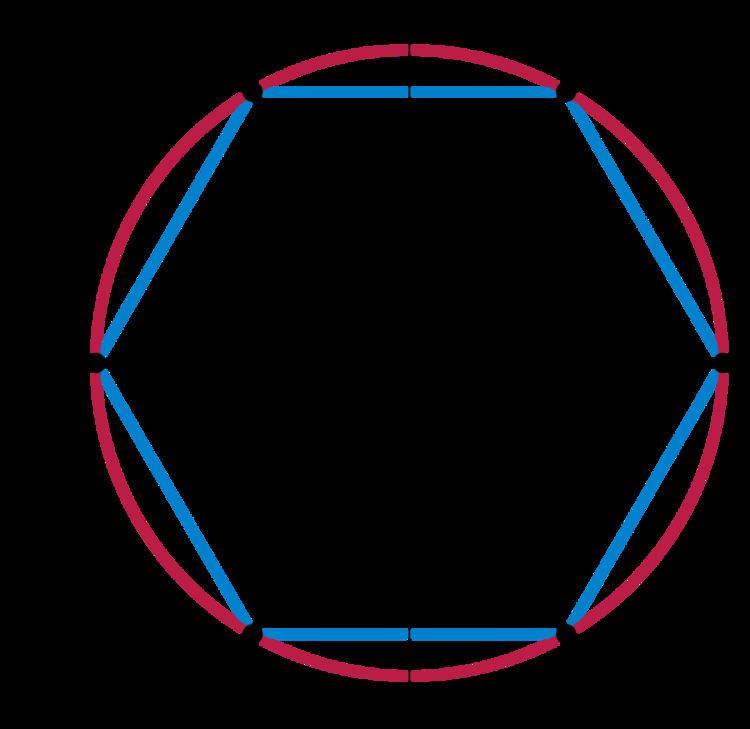 | ||
In group theory, a discipline within mathematics, a sporadic group is one of the 26 exceptional groups found in the classification of finite simple groups.
Contents
- Names of the sporadic groups
- Organization
- I Pariah
- II Happy Family
- First generation 5 groups the Mathieu groups
- Second generation 7 groups the Leech lattice
- Third generation 8 groups other subgroups of the Monster
- References
A simple group is a group G that does not have any normal subgroups except for the trivial group and G itself. The classification theorem states that the list of finite simple groups consists of 18 countably infinite families, plus 26 exceptions that do not follow such a systematic pattern. These are the sporadic groups. They are also known as the sporadic simple groups, or the sporadic finite groups. Because it is not strictly a group of Lie type, the Tits group is sometimes regarded as a sporadic group, in which case the sporadic groups number 27.
The monster group is the largest of the sporadic groups and contains all but six of the other sporadic groups as subgroups or subquotients.
Names of the sporadic groups
Five of the sporadic groups were discovered by Mathieu in the 1860s and the other 21 were found between 1965 and 1975. Several of these groups were predicted to exist before they were constructed. Most of the groups are named after the mathematician(s) who first predicted their existence. The full list is:
The Tits group T is sometimes also regarded as a sporadic group (it is almost but not strictly a group of Lie type), which is why in some sources the number of sporadic groups is given as 27 instead of 26. In some other sources, the Tits group is regarded as neither sporadic nor of Lie type.
Matrix representations over finite fields for all the sporadic groups have been constructed.
The earliest use of the term "sporadic group" may be Burnside (1911, p. 504, note N) where he comments about the Mathieu groups: "These apparently sporadic simple groups would probably repay a closer examination than they have yet received".
The diagram on the right is based on the diagram given in Ronan (2006). The sporadic groups also have a lot of subgroups which are not sporadic but these are not shown on the diagram because they are too numerous.
Organization
Of the 26 sporadic groups, 20 can be seen inside the Monster group as subgroups or quotients of subgroups (sections).
I. Pariah
The six exceptions are J1, J3, J4, O'N, Ru and Ly. These six are sometimes known as the pariahs.
II. Happy Family
The remaining twenty have been called the Happy Family by Robert Griess, and can be organized into three generations.
First generation (5 groups): the Mathieu groups
Mn for n = 11, 12, 22, 23 and 24 are multiply transitive permutation groups on n points. They are all subgroups of M24, which is a permutation group on 24 points.
Second generation (7 groups): the Leech lattice
All the subquotients of the automorphism group of a lattice in 24 dimensions called the Leech lattice:
Third generation (8 groups): other subgroups of the Monster
Consists of subgroups which are closely related to the Monster group M:
(This series continues further: the product of M12 and a group of order 11 is the centralizer of an element of order 11 in M.)
The Tits group also belongs in this generation: there is a subgroup S4 ×2F4(2)′ normalising a 2C2 subgroup of B, giving rise to a subgroup 2·S4 ×2F4(2)′ normalising a certain Q8 subgroup of the Monster. 2F4(2)′ is also a subgroup of the Fischer groups Fi22, Fi23 and Fi24′, and of the Baby Monster B. 2F4(2)′ is also a subgroup of the (pariah) Rudvalis group Ru, and has no involvements in sporadic simple groups except the containments we have already mentioned.
